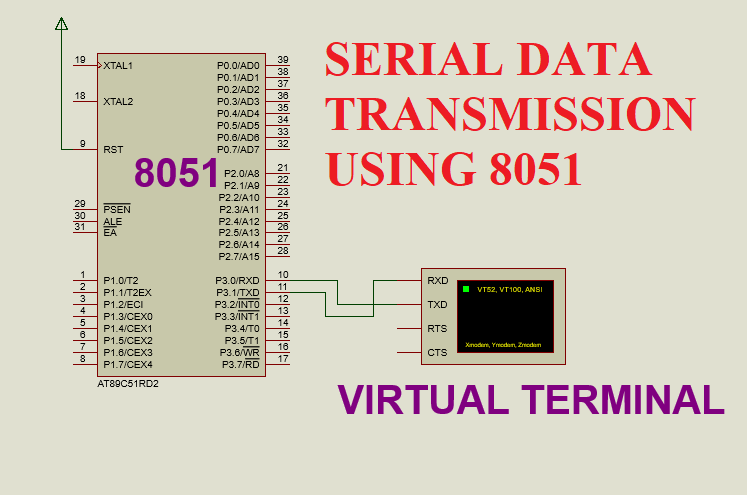INT0 and INT1 interrupt in 8051

SIMULATOR: PROTEUS 8.0 SOFTWARE: KEIL 4.0 CIRCUIT DIAGRAM: WORKING: Any event which occurred internally or externally in a microcontroller that stops the current execution of the program is called an interrupt. Whenever an interrupt occurs, the microcontroller stops the current execution of the program and executes the program written for the interrupt which is also called the ISR (interrupt service routine). Here in this project, I have used int0 and int1 interrupt. To enable the interrupt operation respective bit in the IE register must be equal to 1. I have connected sw1 to INT0 pin of 8051 and sw2 to INT1 pin of 8051. If sw1 is pressed, it provides an active low signal to INT0 pin of 8051 which activates the INT0 interrupt. If sw2 is pressed, it provides an active low signal to INT1 pin of 8051 which activates the INT1 interrupt. Here in the ISR of INT0, I have written the logic to turn ON the LEDs and in the ISR of INT1, I have written the logic to blink the LEDs....



